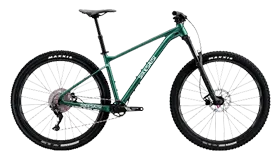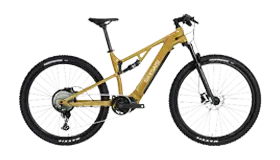3D printed bike seat
Is this the future of cycling comfort?
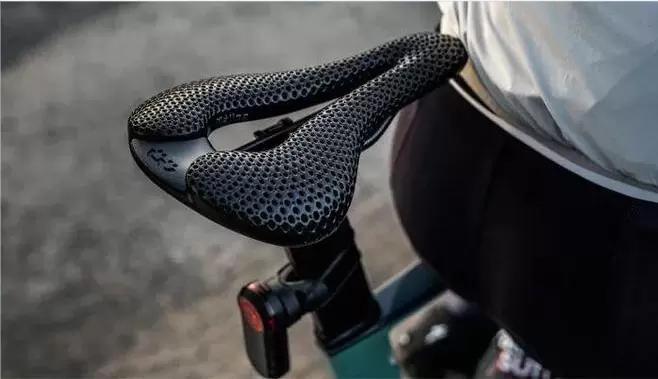
As one of only three points of contact between you and your bike, how good or bad the seat is can be a source of comfort and pain. As new technology changes the saddle landscape, product engineers think they may have cracked the code for a better riding experience. Let's dive into the world of 3D printed saddles and find out what they're all about.
How is a 3D printed saddle made?
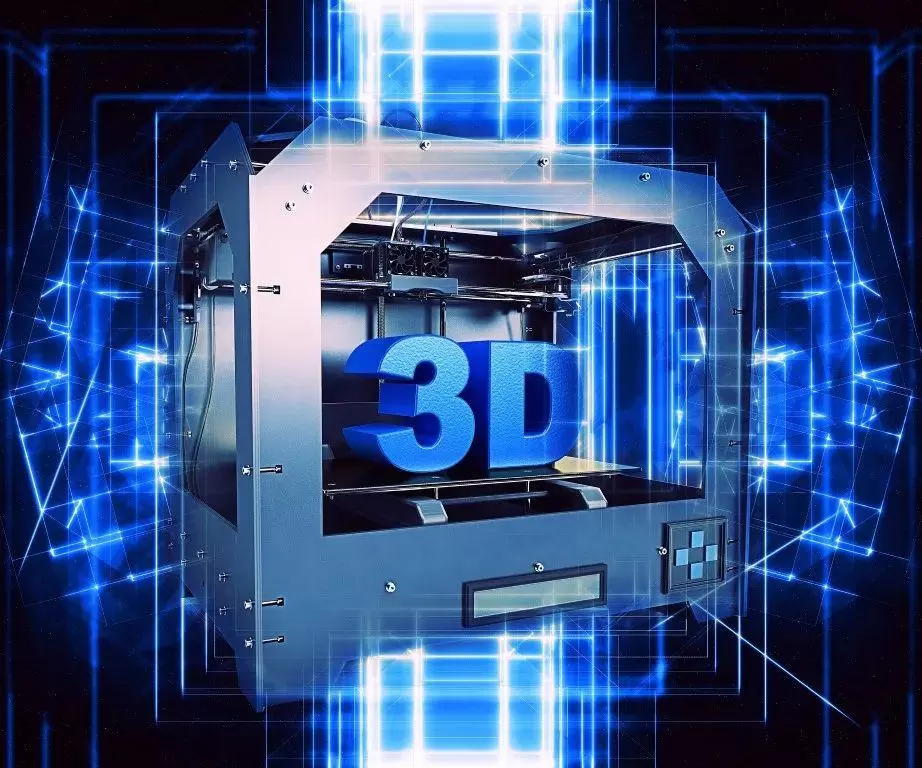
Just like a regular saddle, the base is made of carbon fiber or nylon polymer and attached to a set of rails made of carbon, titanium or steel. But then, instead of adding foam filler and synthetic covering, 3D printing is used to create the covering material and attach it to the base using a bonding process. By 2024, three major saddle brands will offer 3D printed versions of their most popular saddle styles: Specialized, fi'zi:k, and Selle Italia.
While there are differences in saddle shape and saddle material lay-up, all three manufacturers use the same 3D printing technology, Carbon Digital Light Synthesis™ (Carbon DLS™). The process, created by Silicon Valley tech company Carbon®, uses an elastic material called EPU 41 to create checkered patterns with customizable densities and textures.
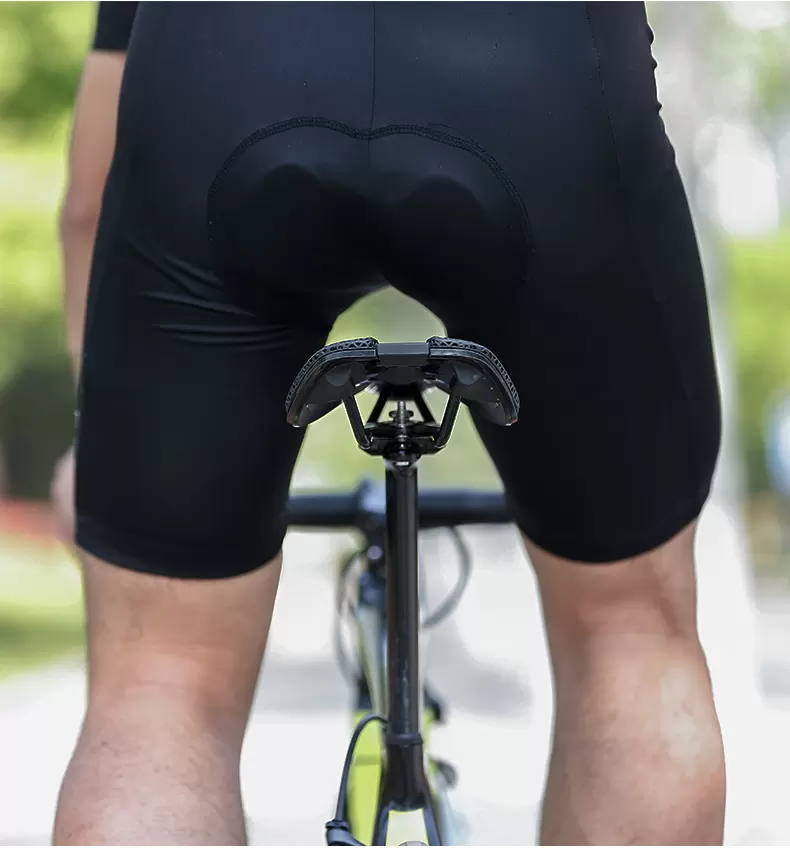
3D printed saddle features
The 3D printing process allows each part of the saddle to be carefully fine-tuned to meet the anatomical needs of that contact point. Before the introduction of 3D printing, manufacturers such as Specialized used complex combinations of foam densities called MIMIC to achieve similar results. Now, with the help of 3D printing, engineers can control saddle density in ways that were not possible before.
In addition to providing a higher level of comfort at the point of contact, the 3D printed saddle also has a stronger grip. This tends to keep you better anchored in one position. If you move around a lot, this may not be suitable; However, if you stay still while riding, the added safety will make you feel good.
3D printed saddle maker
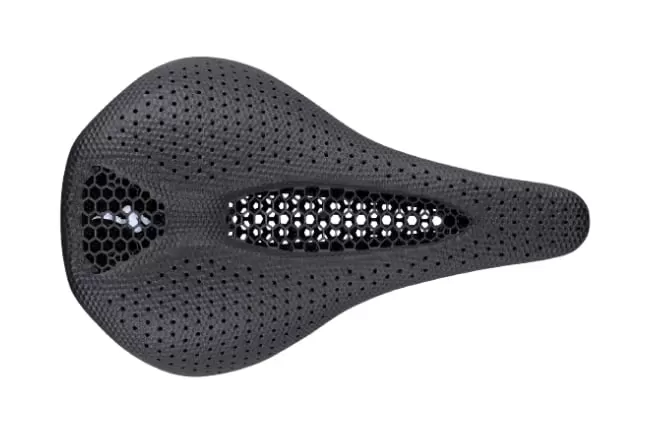
Professional -- Mirror
The biggest difference between each layer comes from the material of the saddle rail. Competitive and sport class seats usually use chrome or steel rails, which have excellent durability but are also relatively heavy. Professional and expert saddles usually use titanium rails, which are super-strong and lighter than steel. The S-Works class seats use carbon fiber rails, which are by far the lightest option. Carbon fiber rails are oval shaped, which means they require special saddle clamps. In addition, the S-Works saddle has a rider weight limit of 240 pounds, which is due to the lower strength of carbon fiber compared to titanium or steel. Learn more about orbital materials.
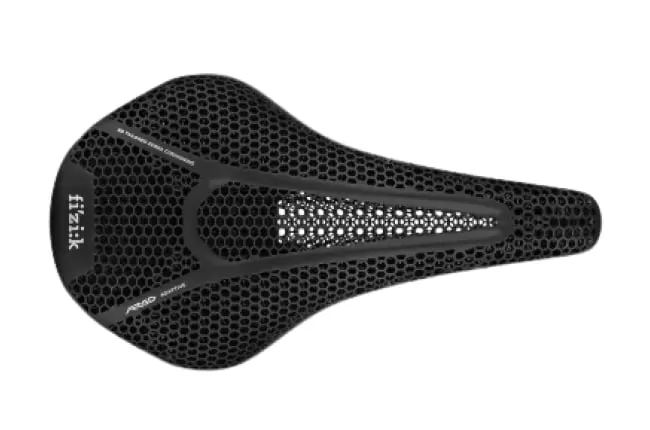
FI'ZI:K - adaptive
fi'zi:k took the most popular saddle designs from their catalog and created 3D printed saddles to create the Vento Argo Adaptive and Antares Versus EVO Adaptive. While these seats can be used for off-road and gravel roads, fi'zi:k primarily designed these seats to be road-centric
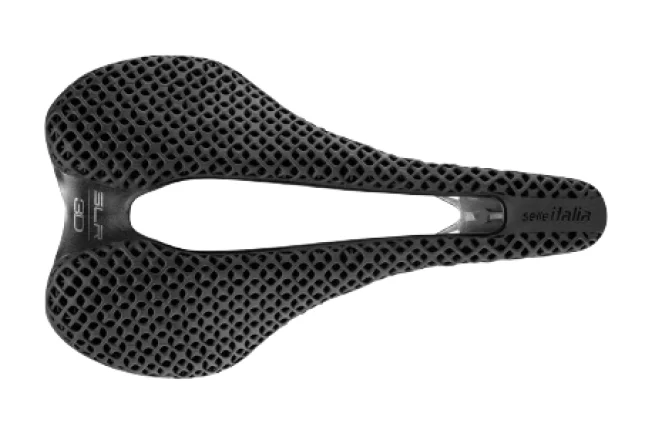
Italy Sales - 3D
Printed and assembled at its factory in northern Italy, Selle Italia has created its own style of 3D-printed saddle with a unique texture. Currently, Selle Italia produces three 3D printed saddle shapes: Novus, SLR and Watt, of which Watt is the only 3D printed saddle on the market specifically for time trials and triathlons.
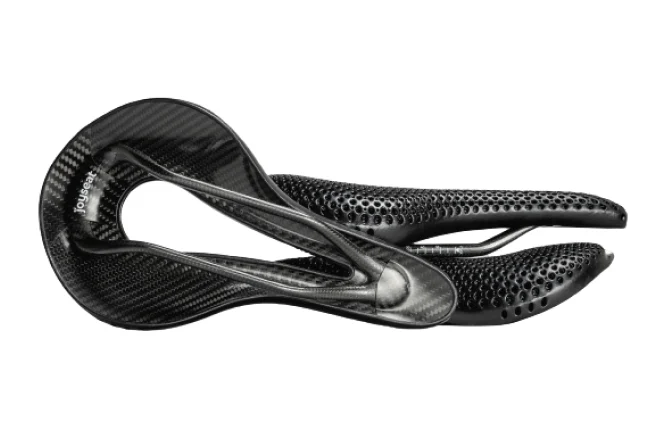
Other/Custom
In addition to the big three brands, there are a number of other smaller brands that are also producing 3D printed saddles, such as Bjrn and Joyseat - a manufacturer that uses the "Butt Imprint" kit to map your back end and create custom 3D printed saddles. Of course, this does come at a cost.
Benefits of 3D printed saddles?
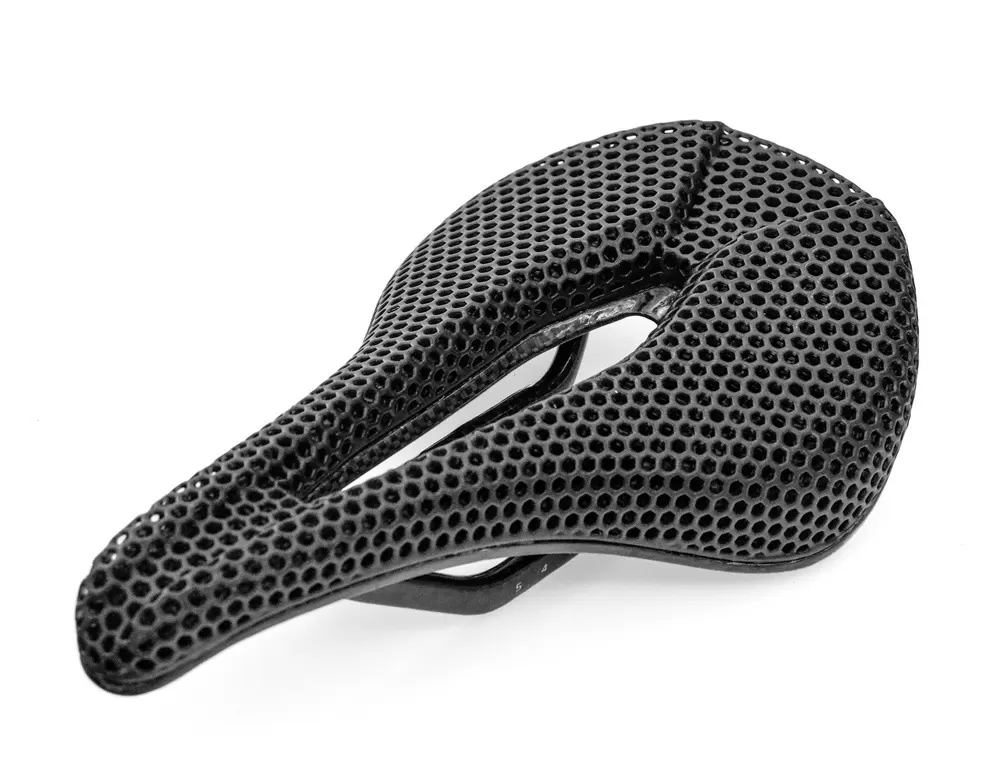
So why buy a 3D-printed saddle? It's simple: comfort.
3D printed saddles have a range of unique qualities that can really improve your riding experience. Riders who prefer 3D printed seats say that the benefits are most pronounced on rides of more than three hours and on bumpy roads - it is in these conditions that the bike's comfort is pushed to its limits.
Also, the 3D-printed saddle looks pretty cool.
Disadvantages of 3D printed saddles
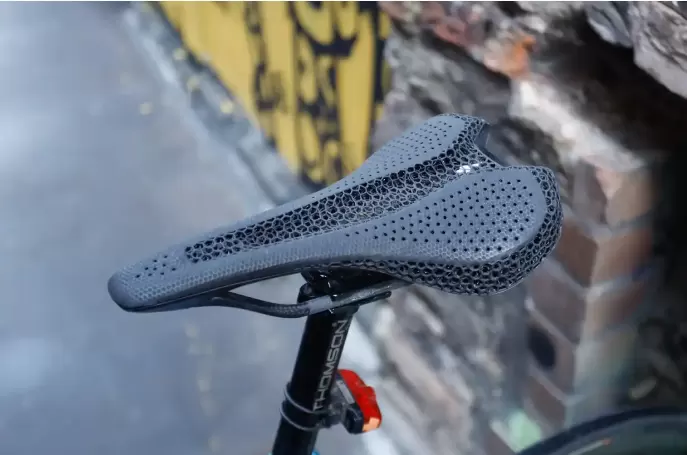
These saddles are not exactly "affordable." The S-Works Mirror saddle retails for $449.99. While cheaper versions are now available, they still cost much more than their traditional foam counterparts.
Due to the characteristics of its structure, the 3D printed saddle is also a little heavier than the standard model. Usually, the difference is only around 15-30 grams, but it's worth considering if you want to keep the weight to a minimum.
Many riders have expressed concerns about durability and cleanliness. As far as we can tell, the durability is similar to standard saddles (after all, the foam density also wears down). Cleaning 3D printed saddles is actually good too. While the saddle structure allows dirt and dirt to enter the saddle, it can also be easily washed off.
Is 3D printed saddle worth it?
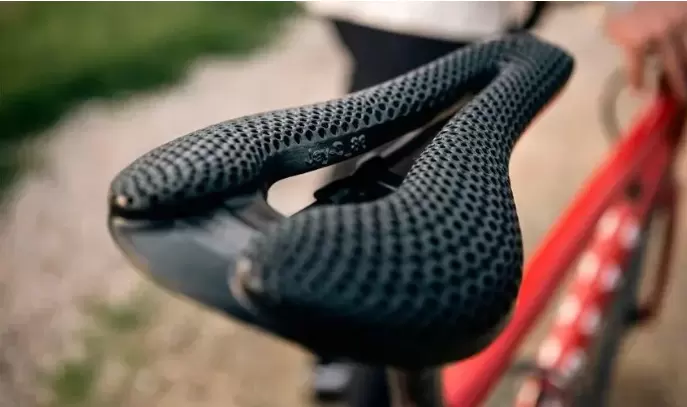
It really depends if you're the kind of rider who changes Settings frequently and likes to try out the latest gear, then 3D printed saddles are an obvious choice. But for other riders, it may be difficult to justify the purchase, especially if you already own the seat you like. However, if you just don't seem to feel well no matter what you try, maybe a 3D-printed saddle is the solution. After all, a good feeling on a bike is the best performance enhancer, and comfort will allow you to ride farther and faster than ever before.



